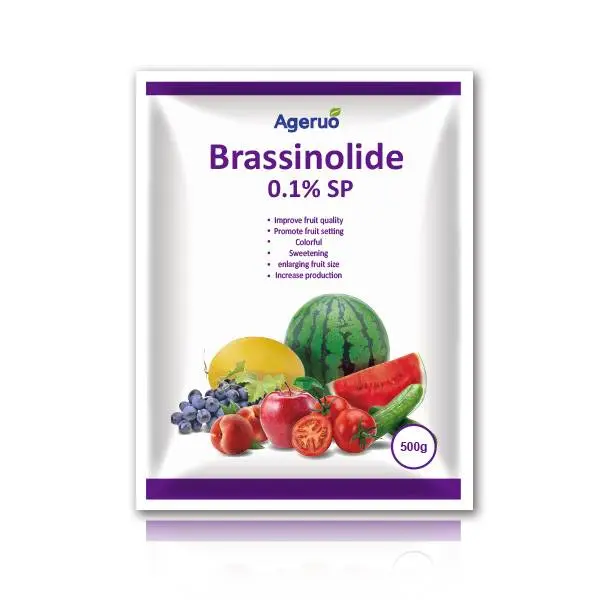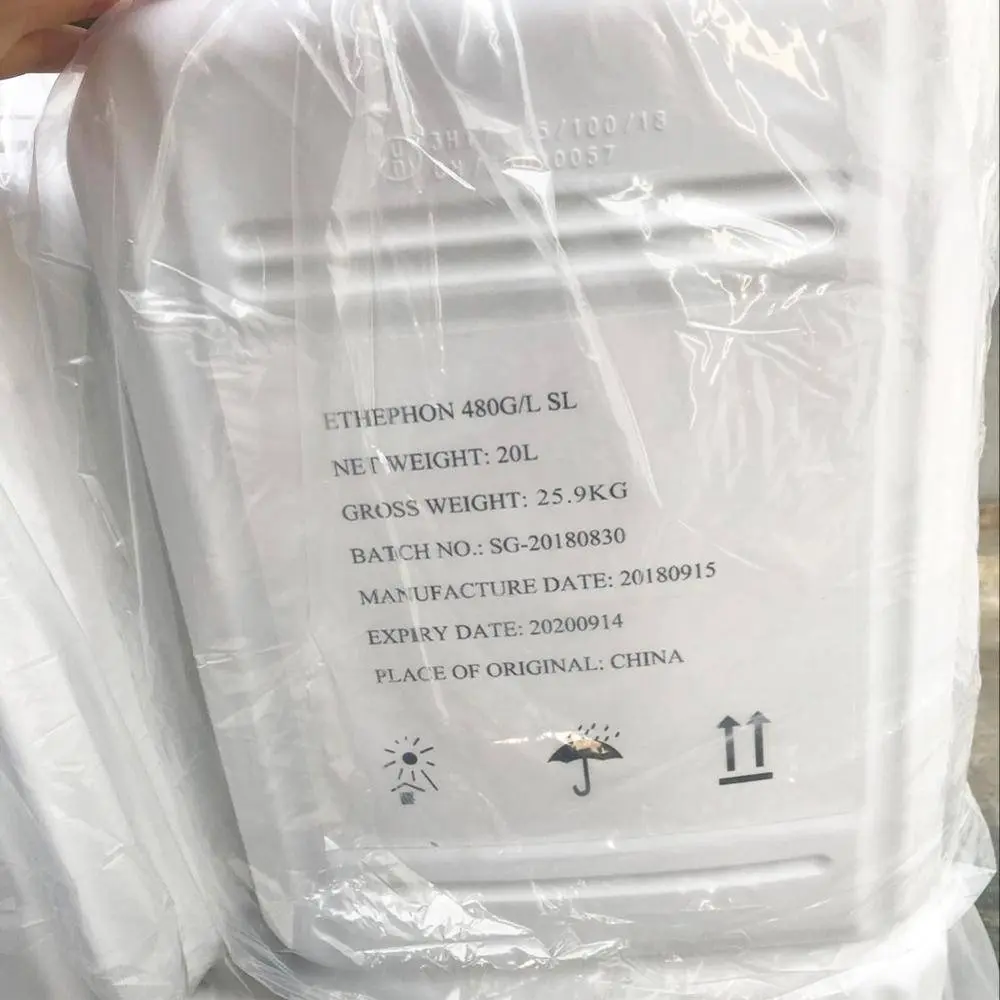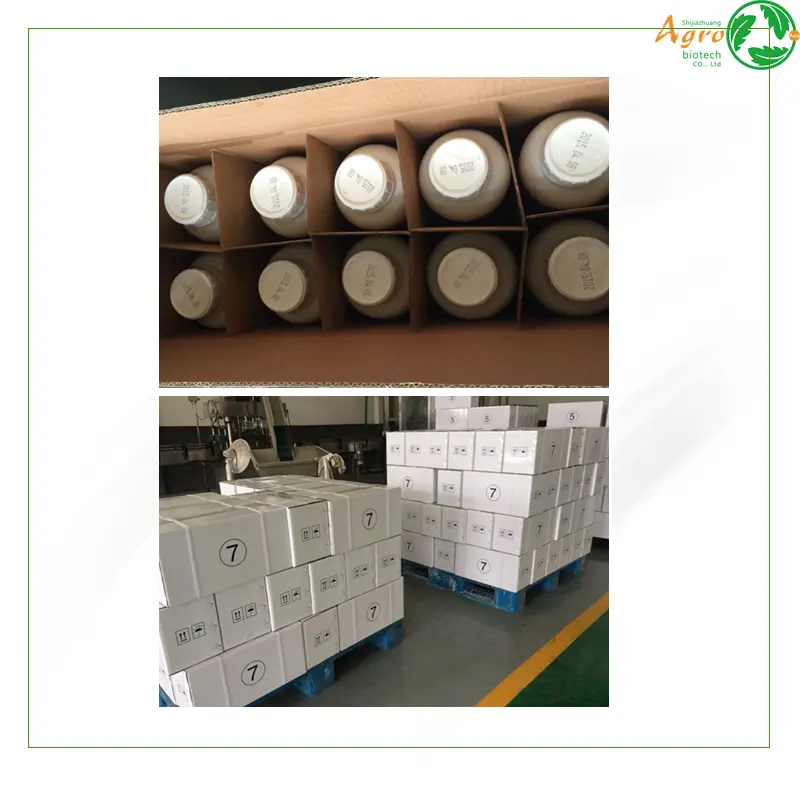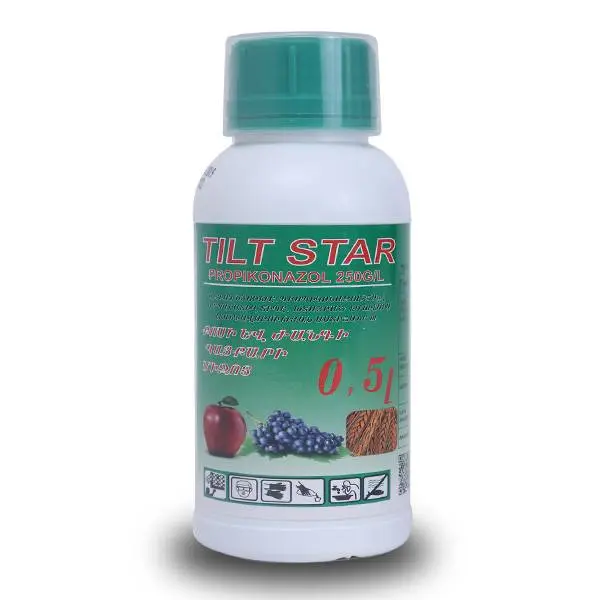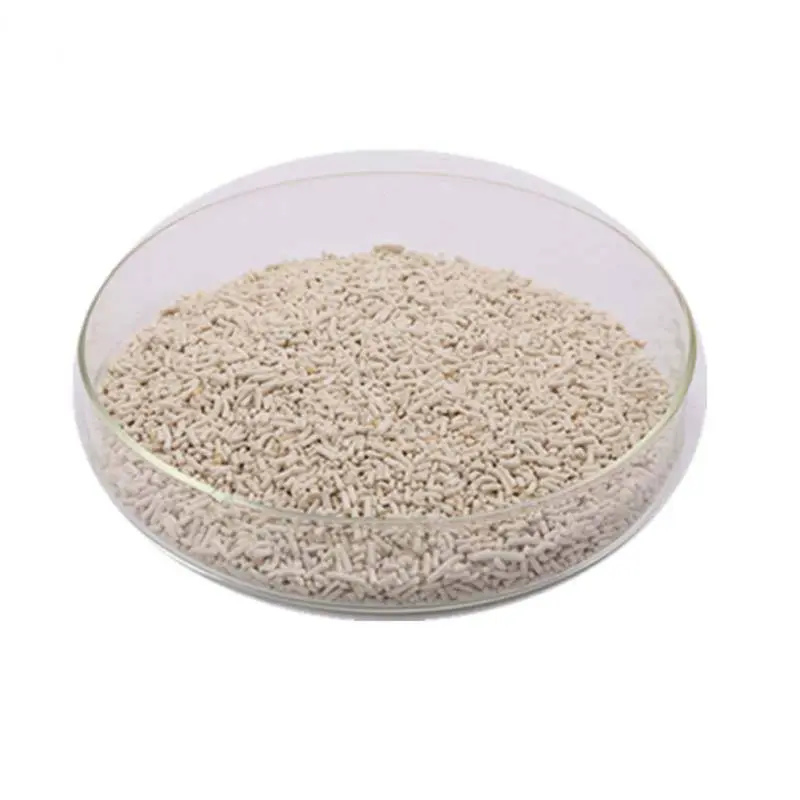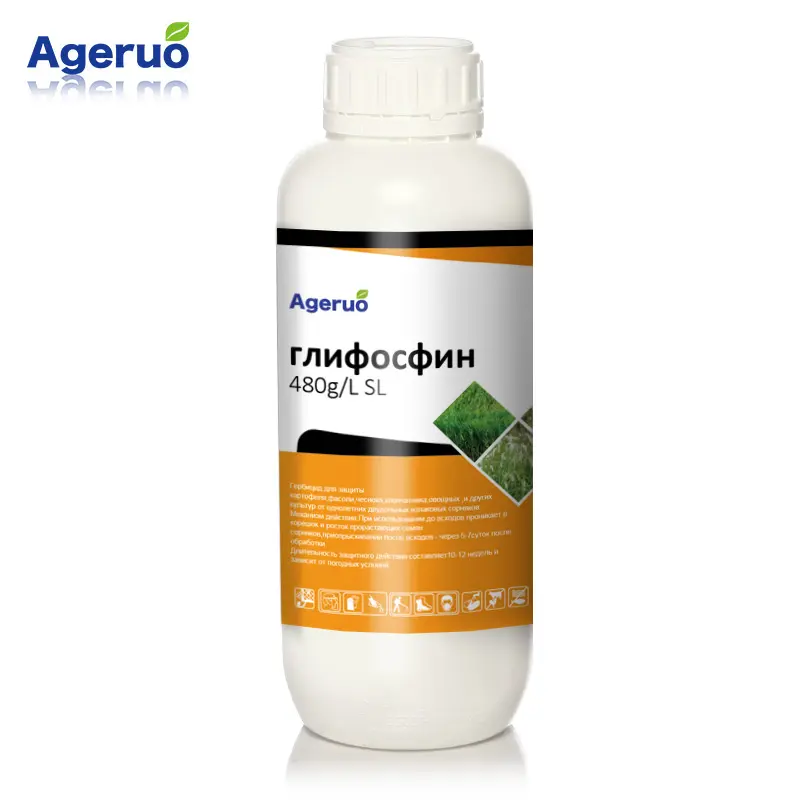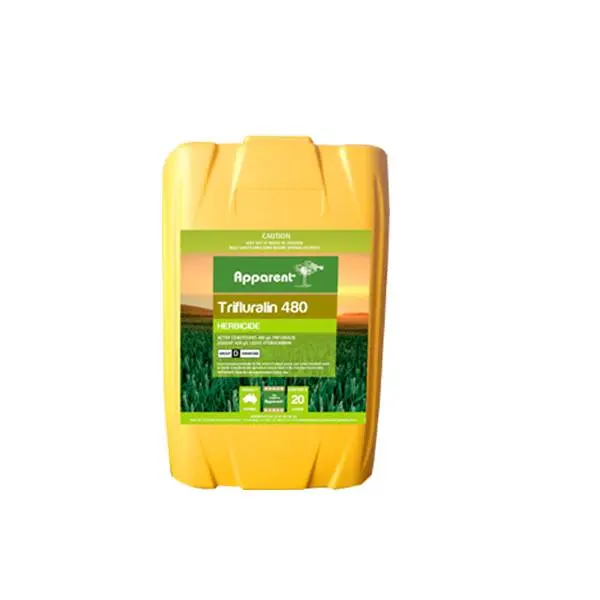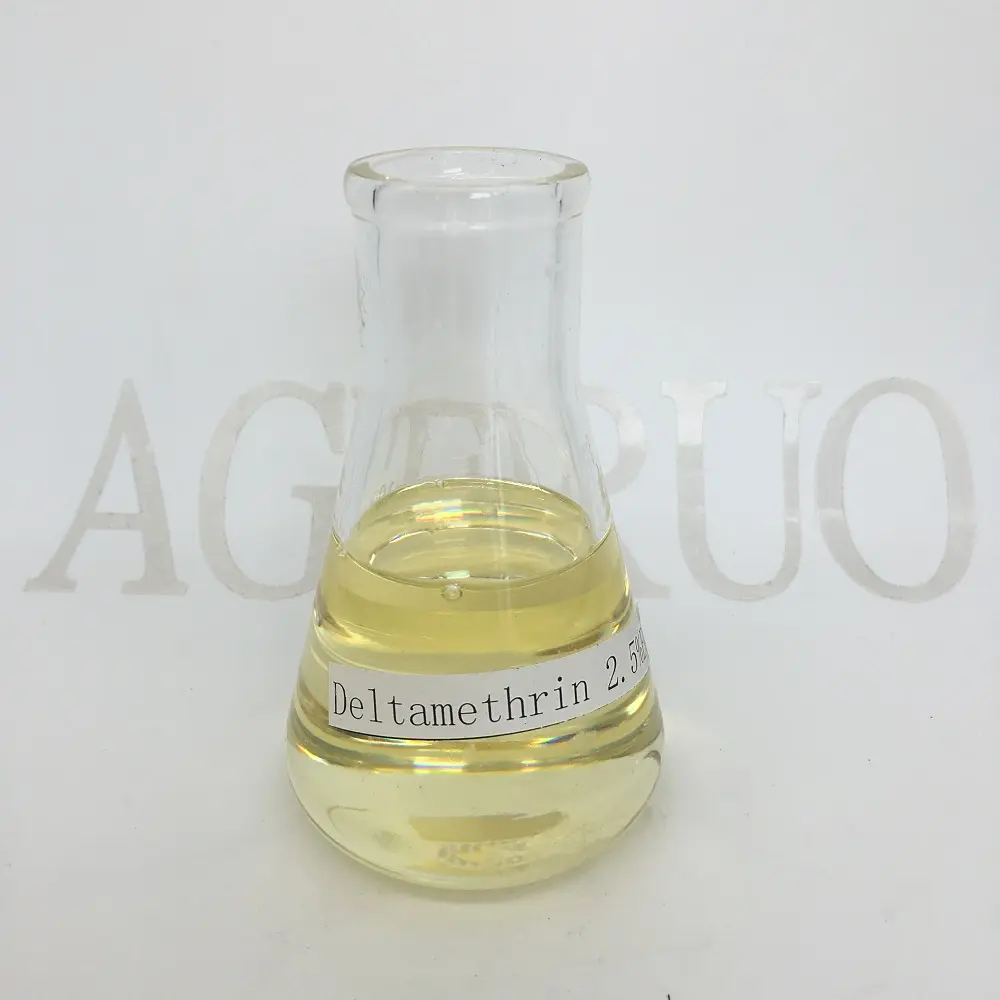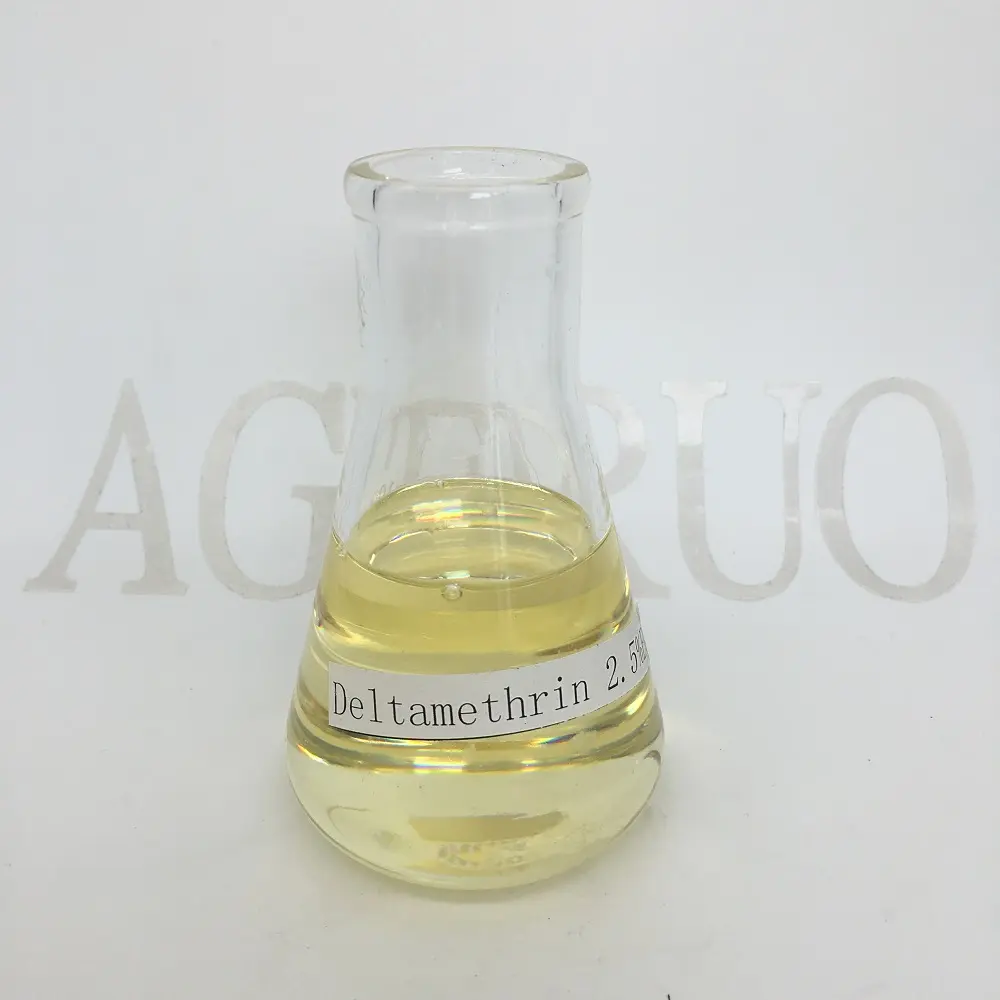- Fungicide
-
Herbicide
- 2,4-D Amine
- Atrazine
- Carfentrazone-ethyl
- Clethodim
- Cyhalofop-butyl
- Diquat
- Diuron
- Glufosinate-ammonium
- Glyphosate
- Haloxyfop-r-methyl
- Linuron
- Metribuzin
- Nicosulfuron
- Oxyfluorfen
- Paraquat
- Pendimethalin
- Penoxsulam
- pinoxaden
- Quinclorac
- Quizalofop-p-ethyl
- Rimsulfuron
- Sodium Nitrophenolate
- Thifensulfuron Methyl
- Tribenuron-methyl
- Trifloxysulfuron
- Trifluralin
-
Insecticide
- Abamectin
- Acetamiprid
- Alpha cypermethrin
- Amitraz
- Bifenazate
- Bifenthrin
- Cartap
- Chlorfenapyr
- Chlorpyrifos
- Cyromazine
- Deltamethrin
- Diflubenzuron
- Dimethoate
- Dinotefuran
- Emamectin benzoate
- Fenthion
- Fipronil
- Flonicamid
- Imidacloprid
- Indoxacarb
- Lambda cyhalothrin
- Lufenuron
- Malathion
- Matrine
- Metaldehyde
- Methomyl
- Profenofos
- Pyridaben
- Spirodiclofen
- Thiamethoxam
- Thiocyclam
- Plant Growth Regulator
- Complex Formula
- Seed-Dressing Agent
- Fertilizer additive
- New Products
Agrochemical insecticide Deltamethrin 5% EC
product detail
Mode of Action
Deltamethrin disrupts the nervous system of insects by interfering with sodium channel functions in nerve cells, resulting in paralysis and rapid pest mortality. Its fast-acting nature ensures effective pest control shortly after application.
Recommended Application Guidelines
To achieve optimal results and maintain safety standards, follow these guidelines:
-
Dosage: Apply 400-600 ml per hectare, diluted in sufficient water to achieve thorough coverage. Adjust concentrations based on the crop type and pest infestation level.
-
Method of Application: Uniform foliar spraying is recommended. Ensure complete coverage of the plant surfaces for best results.
-
Suitable Crops: Effective on cotton, cereals, vegetables, fruits, ornamental plants, and forestry crops.
Safety and Environmental Information
Deltamethrin 5% EC should be handled with care due to its high toxicity to aquatic life and potential risks to beneficial insects such as bees.
-
Protective Measures: Always wear protective gear, including gloves, mask, and safety goggles during mixing and application. Avoid inhalation, ingestion, and direct contact with skin.
-
Environmental Safety: Do not spray near water sources or during windy conditions. Implement buffer zones to protect aquatic ecosystems and beneficial insects.
-
Emergency Response: In case of skin or eye contact, rinse immediately with plenty of water. If swallowed or symptoms of poisoning occur, seek medical attention immediately, presenting the product label or MSDS.
Regulatory Compliance and Certifications
Deltamethrin 5% EC meets stringent international standards and has acquired essential regulatory approvals, demonstrating our commitment to quality, safety, and compliance. Relevant documentation includes:
-
ISO 9001 Quality Management Certification
-
SGS Inspection Certification
-
Certificate of Analysis (COA)
-
Material Safety Data Sheet (MSDS)
Frequently Asked Questions (FAQs)
1. Is Deltamethrin 5% EC safe for humans?
When used correctly, following safety guidelines, it poses minimal risk to users. Proper handling and protective equipment significantly reduce any potential health hazards.
2. How soon after application can treated crops be harvested?
Typically, crops treated with Deltamethrin 5% EC should observe a pre-harvest interval of 3-7 days, depending on local agricultural guidelines and crop type.
3. Can Deltamethrin harm pets or livestock?
Direct ingestion or exposure can be harmful. Ensure pets and livestock are kept away from treated areas until fully dry.
4. How long is the residual effectiveness of Deltamethrin 5% EC?
Deltamethrin provides effective pest control typically lasting 10-14 days, depending on environmental conditions and application methods.
Why Choose Our Deltamethrin 5% EC?
Our company offers reliable, high-quality agrochemical solutions backed by extensive expertise and global compliance. We ensure consistent quality control, tailored packaging options, and comprehensive client support to help your agricultural business succeed worldwide.

 POMAIS
POMAIS